The Power of Negative Thinking
Engineers tend to focus on what’s wrong or could be improved. In contrast, creative writers need to be able to turn off their internal fault-finder, to get a full draft done before paralyzing themselves with analyzing the flaws. I’m definitely the engineer type. I have always tended to think negatively, and it works for me. When I search online for “negative thinking,” I turn up lots of articles on how to stop it, with titles like “Negative Thoughts: How to Stop Them” and “4 Ways to Stop Negative Thinking”. Let me take the other side of that argument. Positive thinking, despite its popularity, makes no sense to me. It feels like wishful thinking.
For example, putting on a tank top undershirt. Positive thinking goes, “I am a smart adult human who can easily dress himself.” I pull the shirt over my head, and five minutes later I am breathing hard and one seam has split a little, but the shirt is on. Negative thinking goes, “This is a surface with four holes, and I haven’t had my coffee yet. There are many ways to get it wrong, and only one way to get it right.” I find the inside-back-top of the shirt, marked by a printed label. With my thumbs holding the neck hole, I gather the shirt into my hands and carefully pull the neck hole over my head, keeping the label in the back. The shirt goes on correctly on the first try.
Another example is shopping in a store. If I announce out loud before entering that they probably don’t have the item I am looking for, I am much more likely to be proven wrong and find the item. The announcement matters. Without it, the unavailability of the object of my quest does not give the universe a chance to prove me wrong.
Never Predict Good News
A couple of lessons from my software engineering days apply here. One is to never predict good news. If you think you are close to success in a project and let others know, what can happen? Most likely, you are right and they learn to trust your time estimates. But they also expect you to perform well on future, completely different, and therefore unpredictable projects. If something comes up and your prediction turns out to be wrong, well, next time we won’t trust your estimates. On the other hand, if you keep the good news prediction to yourself, what can happen? Most likely, you succeed, and that frees up time for “hygiene” work that everyone agrees is a good idea but which you cannot get time scheduled for doing. You get a reputation for working quickly and taking initiative. In the event that something goes wrong, you are not seen to have made an inaccurate estimate. You may avoid having to slip the schedule to complete the project.
Never Take a Small Slip to a Schedule
While we’re on the subject of schedule slips, negative thinking advises us not to take a small slip in a schedule. This is closely related to predicting the good news that the project will be completed just a little behind what you originally thought. Much better to take a big slip and give yourself more cushion for unexpected adverse events. Better to create the opportunity to finish ahead of the revised plan.
I am not disappointed. I was never appointed in the first place.
Negative thinking helps me maintain my emotional steadiness when dealing with minor disappointments. Most surprises are pleasant ones. And it helps me form a plan of action when I know I may fail. By fully expecting the worst, I realize I can survive and overcome it. Most of the things we worry about never happen, so I am not talking about miring oneself in worry. What I mean is more like this. When deciding whether or not to take a risk, consider the worst case scenario. Visualize it in detail. If you realize that you will survive and overcome that, then the risk may be worth taking.
Visualization
Many successful people I admire use visualization to improve their performance. They mentally imagine in detail doing everything right. I believe that works for them. For me, while I am doing that, I note one or two steps where I am especially likely to misstep. I place my focus on those one or two things. If I get those right, I usually perform acceptably. And then I pick one or two things to work on next time.
How is this pertinent?
I am required by the rules of this website to relate every post to whole food, plant-based eating. So, let’s spell it out. When deciding what to eat, positive thinking says something like, “What do I most want right now? What tastes best? What would make me happy?” Negative thinking says, “What complies with my long-term plans? What is least likely to harm my health? What, of the choices I already know I love to eat, am I in the mood for tonight?”
When tempted by the offer of something special like a chocolate lava cake, positive thinking makes excuses. “How much harm can it do? Just this once! It’s a special occasion! I can exercise it off tomorrow.” Negative thinking has it easy. “That’s not food. It’s full of eggs, butter, and sugar. Forget about it. Is there any whole fruit, like an apple or an orange?”
Bucket List
Many people have a bucket list of experiences they want to have before they die. Being a negative thinker, my “bucket list” is of things I want never to do, or if I have done them, never again. Here are some excerpts from my bucket list:
- Go to prison. Get raped.
- Eat a McRib sandwich.
- Lose a child.
- Tour a country where the local populace likes to kidnap or terrorize tourists.
- Hurt myself or anyone else unnecessarily.
- Live through a world war.
- Pandemic again.
- Reside in a country which cannot change its government without violence.
- Sue or be sued.
- See the movie “The Bucket List.”
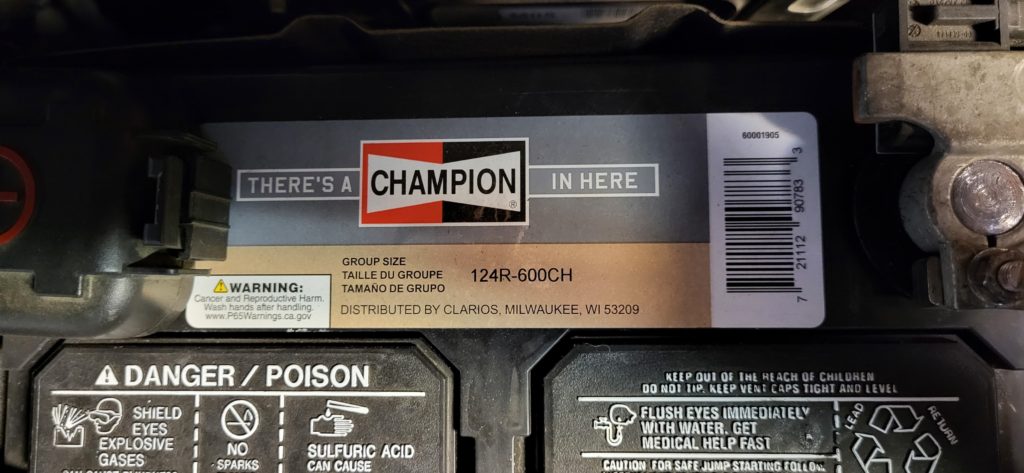
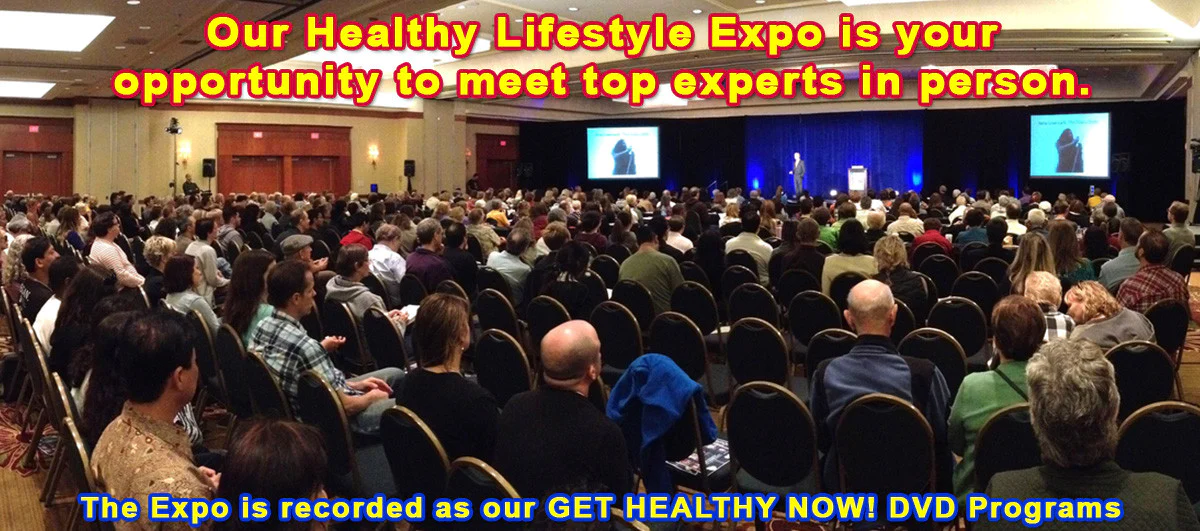
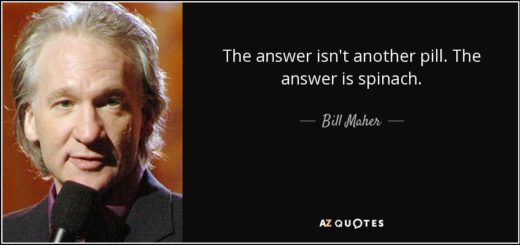
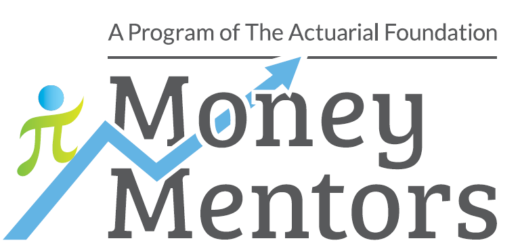
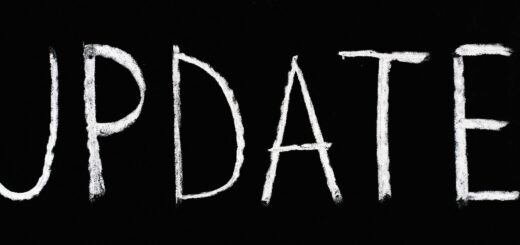



I love this! Will be trying to follow you!